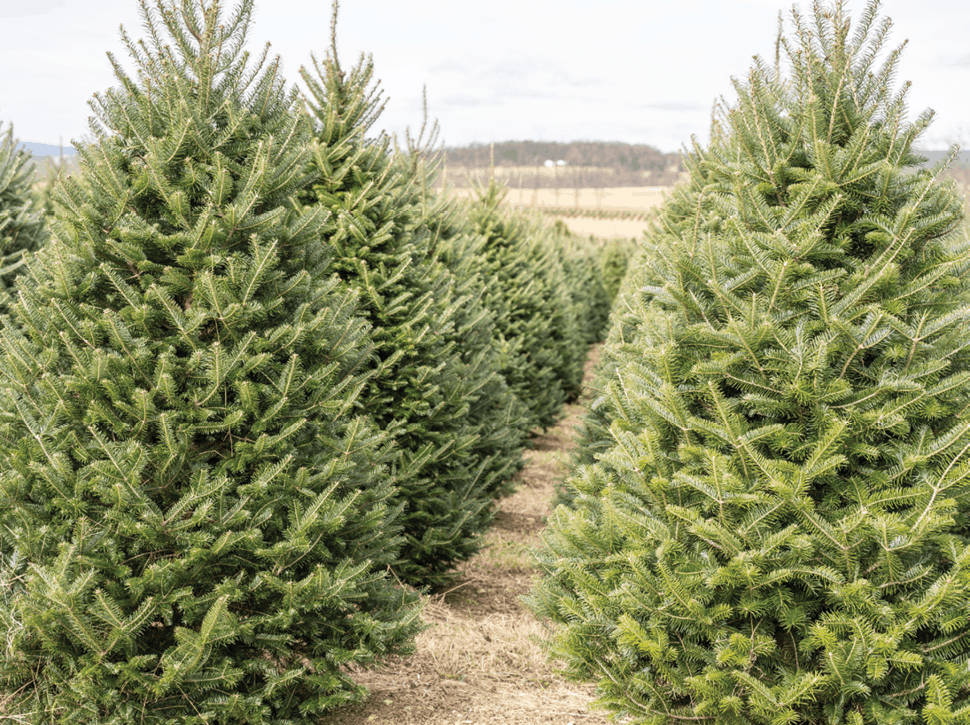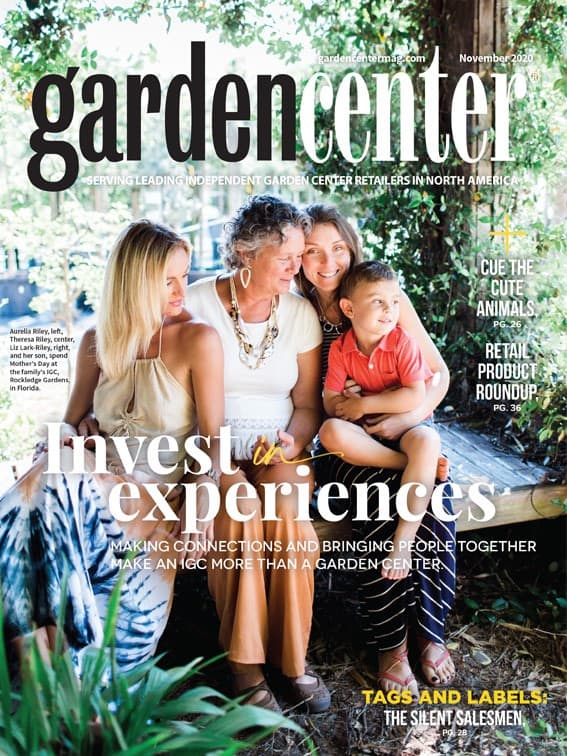

Garden Center magazine: Why has the Christmas tree industry been so tight for the last few years?

Tim O’Connor: The production of Christmas trees is no different than other agricultural crops. It moves in cycles based on the profitability of the industry. When the industry is profitable, growers plant more. And then at some point, there are too many trees planted and the supply then depresses prices. The only way to get through those cycles when the supply is working against you is to plant less and to reduce the supply back to a level that’s profitable again. But it’s important to remember that Christmas trees have a 10-year cycle … You plant a tree and you’re typically going to be eight, 10 years away from harvest.
GC: What does the supply look like for 2021?
TO: I haven’t had those conversations with growers to know if 2021 will start to show us if more trees will be available. So, I can’t say that it will be a lot better in terms of the tightness of supply. But at some point in the near future, it will loosen up a little bit because trees have been planted. It just may be two or three more years before that really starts to kick in.

GC: We read that growers are only able to supply about 80% of their demand. Is that still true?
TO: I don’t know if that’s accurate, it may be accurate for some growers. In the wholesale side of the business, every grower has pretty much sold every tree that they could. But they are turning away some customers and are not able to give a 100% of what they’d like since it is a tight supply. I think what should be emphasized, however, is that even in this tight supply situation, the industry in America has never ran out of trees. One grower may sell out of trees but somebody else still has trees in that area. So while the supply has been tight, consumers have been able to buy trees, and we have sold between 25 and 30 million each year.
GC: What’s the first thing garden centers should consider when ordering?
TO: The first thing is, they want to find a supplier and establish a long-term relationship because that’s what’s been most important to growers. As I talk to growers about how they’re handling their tight supply situation, they make it clear that they’re going to take care of their good customers. The longstanding accounts will get trees and they’re going to cut back the more questionable ones.

GC: When is the best time to start ordering trees?
TO: It’s typically spring. And I think every grower does it differently. But most growers, particularly in this recent period, want a deposit payment. They want to know an order is firm. When they make a commitment to a buyer, they want to know the buyer’s going to follow through because they don’t want to turn down other buyers if that buyer changed their mind.
GC: How should IGCs ensure their Christmas tree purchasing success?
TO: Well, depending on what types of trees garden centers want in terms of varieties, they might have to have more than one supplier — like one from the East, because they can’t grow the same trees in Oregon and North Carolina, for example. So, depending on what the garden center is trying to offer, they may want to consider more than one supplier.

Explore the November 2020 Issue
Check out more from this issue and find your next story to read.
Latest from Garden Center
- GS1 US Celebrates 50-Year Barcode 'Scanniversary' and Heralds Next-Generation Barcode to Support Modern Commerce
- Weekend Reading 7/26/24
- Retail Revival: Making gardening contagious
- ‘Part of our story’
- Registration now open for Garden Center Fertile Ground Webinar Series
- Dramm introduces new hose, sprinkler attachments for home gardeners, nurseries
- Meet the 15 Retailers' Choice Awards winners from Cultivate'24
- 2024 Top 100 Independent Garden Centers List





